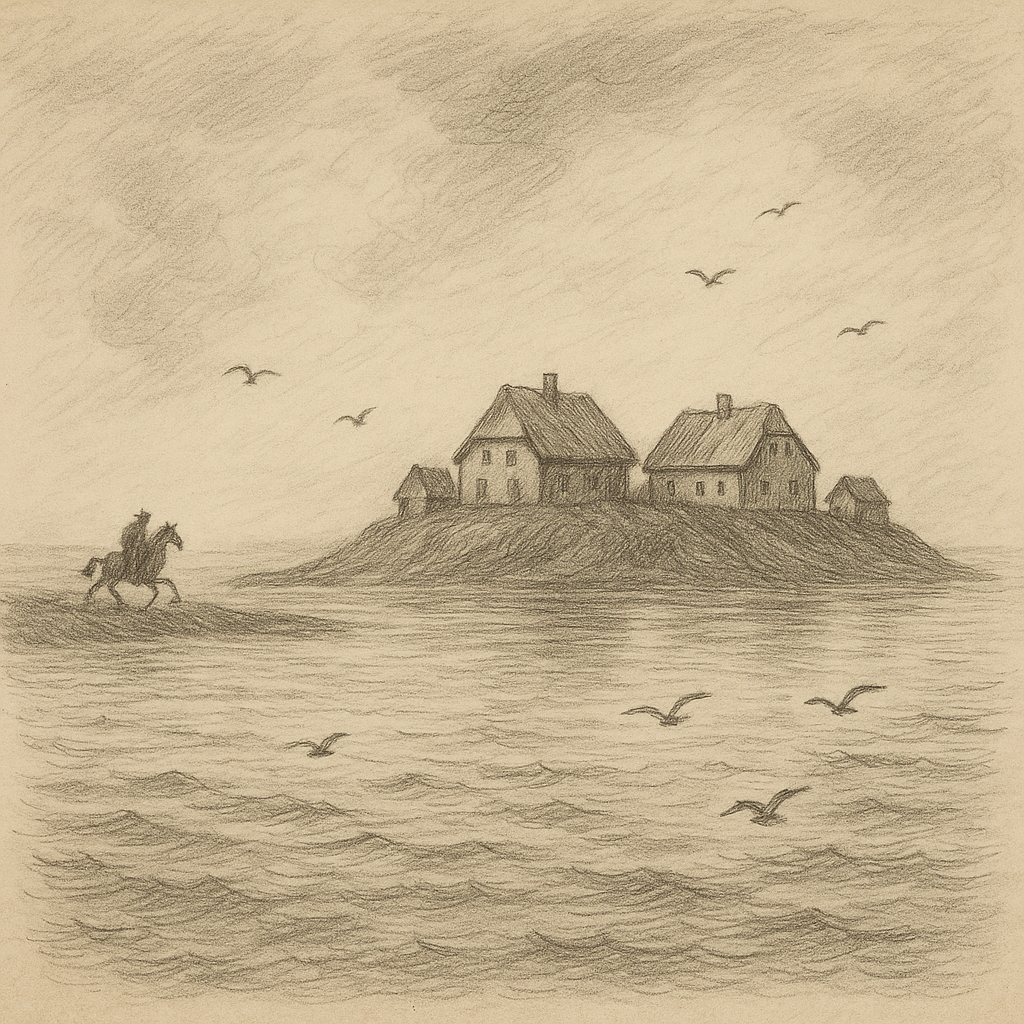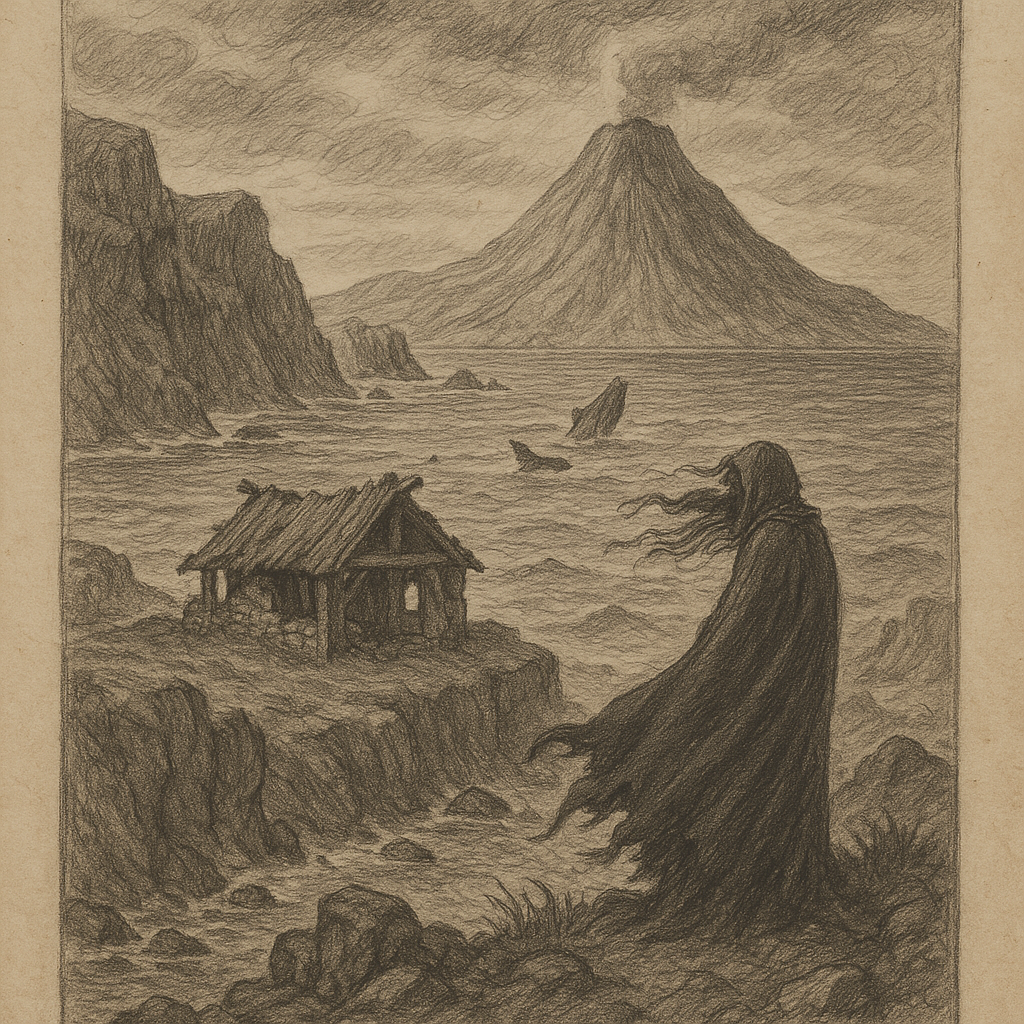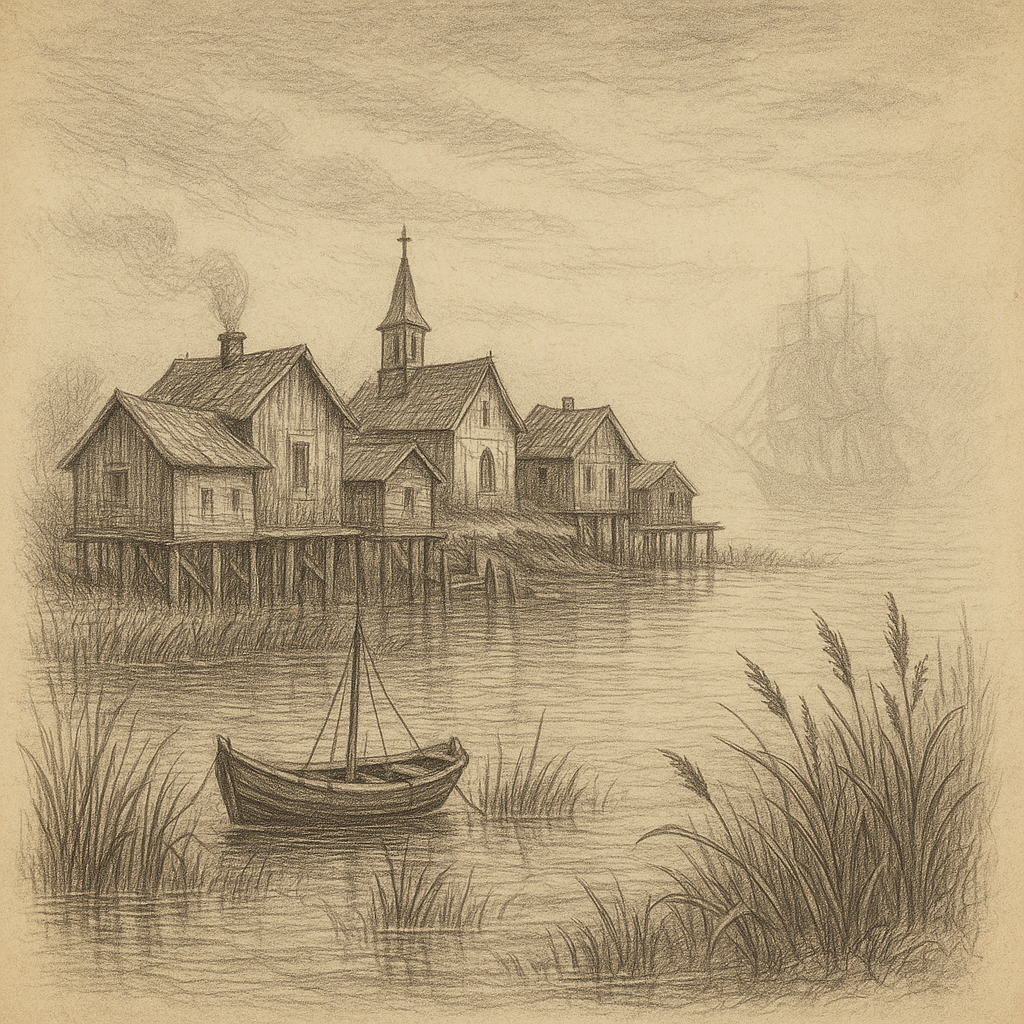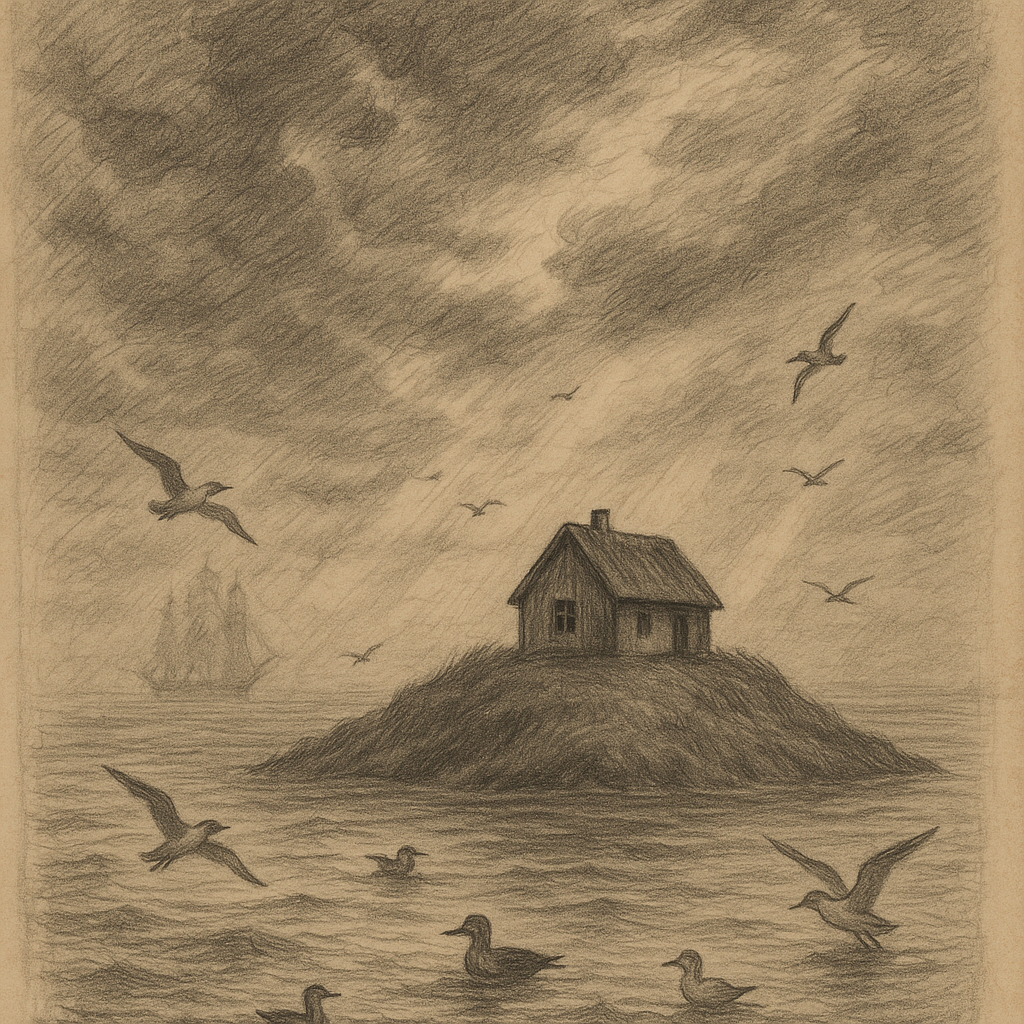Hallig Gröde: A Unique Tideland Island in the North Frisian Wadden Sea
Nestled within the Wadden Sea off Germany’s northwestern coast lies an extraordinary and often overlooked island — Hallig Gröde. Unlike traditional islands, Hallig Gröde belongs to a group of low-lying islets known as the Halligen, characterized by their vulnerability to tidal floods and lack of protective dikes. This tiny patch of land, encompassing just around 2.5 square kilometers, offers a unique insight into how humans and nature have coexisted for centuries at the mercy of the sea.
Location and Geography
Hallig Gröde is situated in the North Frisian Wadden Sea, part of the Schleswig-Holstein Wadden Sea National Park in northern Germany. It lies between the mainland of Schleswig-Holstein and the better-known island of Pellworm. Unlike most islands, Hallig Gröde has no elevation to shield its terrain from the rising tides. With every storm surge or “Landunter”, the sea temporarily swallows the land, leaving only the warp-like mounds called “Warften” protruding above water. These raised dwelling mounds are where the few buildings and residents of the island reside, safe from the frequent tidal floods that engulf the surrounding grassland.
Climate and Natural Environment
The island experiences a temperate maritime climate, heavily influenced by the North Sea. Wind, rain, and saltwater define the landscape and its flora and fauna. During high tides and storms, much of the island becomes submerged, and the non-diked terrain allows saltwater from the Wadden Sea to periodically overrun the land, thereby giving rise to a salt-resistant and specialized vegetation. Hallig Gröde is part of the UNESCO World Heritage-listed Wadden Sea ecosystem, home to endless mudflats, migratory birds, and unique salt marshes.
Nature conservation is a vital aspect of life on Hallig Gröde. Due to its ecological significance, the area is protected and falls under various environmental designations. The island is an important breeding and resting area for thousands of seabirds, including oystercatchers, terns, and geese. The surrounding tidal flats serve as foraging grounds for marine life and migratory birds traveling along the East Atlantic Flyway.
Human Presence and Daily Life
Hallig Gröde is Germany’s smallest municipality by population, often listed with just around 9 to 10 residents. These inhabitants live in two Warften — Hilligenwarft and Kirchwarft — connected by a grassy pathway. The island maintains a deep connection with traditional Frisian culture, and its small population contributes to its strong sense of identity and community.
Due to its isolation, life on Hallig Gröde is peaceful but not without challenges. There are no shops or grocery stores, and supplies are brought in by ferry or during low tides. Electricity and communication are reliable, though often tested by storms. Children from Gröde attend boarding schools on the mainland, and older residents lead a more agricultural lifestyle, using the land primarily for sheep grazing. Tourism is limited but growing, with environmentally conscious travelers seeking to experience the serenity and rugged beauty of this tidal island.
Interesting Facts about Hallig Gröde
Despite its modest size and population, Hallig Gröde holds several fascinating distinctions. As Germany’s least populous municipality, its eligibility to elect a representative for local and European elections has gained it modest notoriety. Journalists often spotlight the island during election seasons, curious about the views from such a tiny electorate.
The island’s postal code is unique, and mail is delivered according to the tidal calendar, sometimes arriving via tractor towed carts during low tide. The schoolhouse also functions as a community center and doubles as a guest home for scientists and nature enthusiasts working on Wadden Sea conservation projects.
Another curiosity is Gröde’s approach to flood protection. Instead of building comprehensive dikes, the islanders rely on traditional Warften, a low-tech but historically effective adaptation that has been used in the region for over a thousand years. These measures allow Hallig Gröde to remain true to its cultural and environmental heritage while still adapting gradually to the realities of climate change.
Legends and Folklore of the Island
Hallig Gröde, like many places steeped in history and isolated by geography, has its own share of legends and folk tales. One of the most enduring narratives tells of a spectral rider, known as “Der Reiter von Gröde,” who appears at twilight galloping across the tideland during foggy evenings. Locals claim he is the ghost of a Frisian sailor who failed to return from a storm centuries ago. His spirit, eternally searching for safe harbor, is said to guard the island and chase away evil spirits that threaten the serenity of Gröde.
Another tale frequently told around the fireplace is that of a sunken village that once lay where Gröde now stands. Legend holds that the village was consumed by the sea as punishment for the arrogance of its inhabitants, who ignored the warnings of a wandering monk urging them to mend their ways. When the tide is just right, some claim to hear the bells of the lost church chiming beneath the waves, a haunting reminder of nature’s power over man.
These legends, whether myth or memory, reflect the deep cultural roots and spiritual connection that Hallig Gröde’s residents maintain with the sea. They serve as cautionary stories, bonds to ancestors, and cultural heritage passed from one generation to the next.
Access and Preservation
Accessing Hallig Gröde requires planning and patience. The island can be reached only by boat or during low tide via special tractors that travel over the exposed seabed. As part of a protected region, all visits are encouraged to follow strict eco-guidelines. Overnight stays are possible in guesthouses operated by local residents, primarily aimed at nature lovers and bird watchers.
Because of its unique environment, Hallig Gröde is part of numerous preservation and monitoring programs. Universities, climate scientists, and environmental NGOs frequently partner with the island’s inhabitants to monitor sea level rise, bird populations, and biodiversity shifts. These collaborations are vital in understanding the fragile balance that Hallig Gröde represents in the wider context of European coastal ecology.
In the face of climate change and rising sea levels, Hallig Gröde stands as a sentinel of resilience — an example of how human communities can coexist with ever-changing natural forces, not through domination but through understanding and adaptation.
Conclusion
Hallig Gröde may be small in size and population, but it boasts a profound cultural and ecological significance. It represents a harmonious relationship between man and nature, shaped over centuries by floods, storms, and the rhythm of the tides. From the haunting legends of its past to the scientific importance of its present, this tidal island continues to captivate those who are drawn to the edges of the world, where land and sea blur into one.



